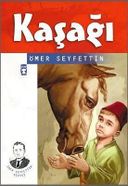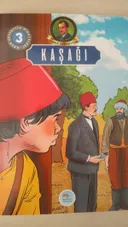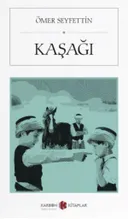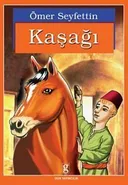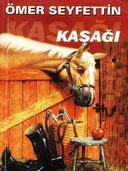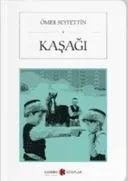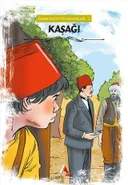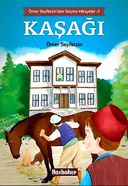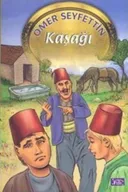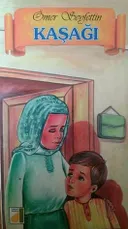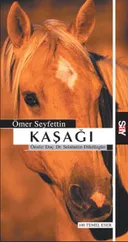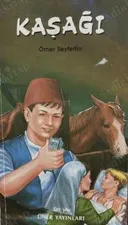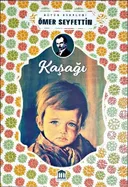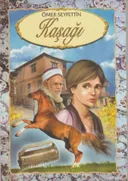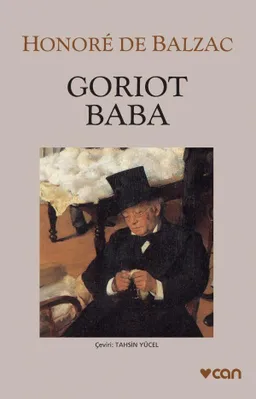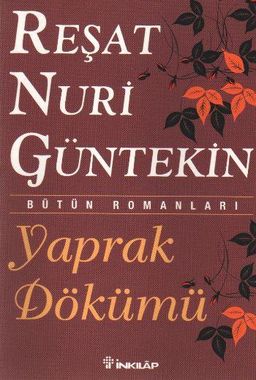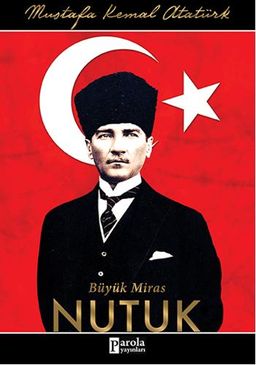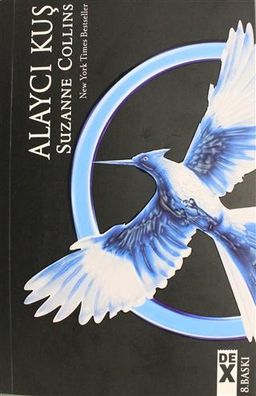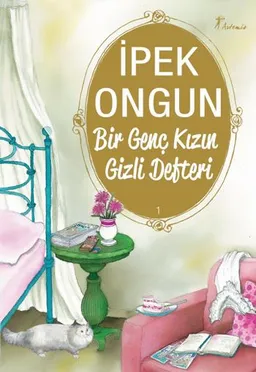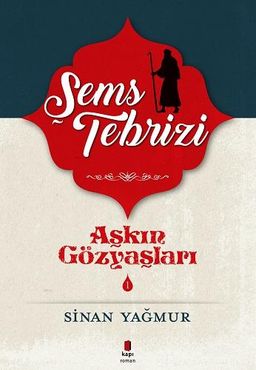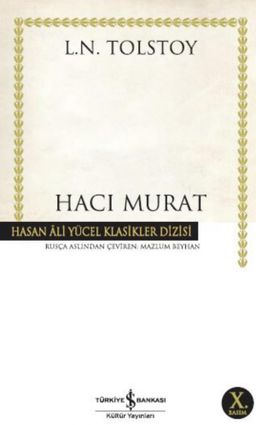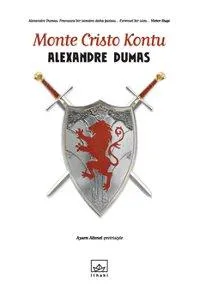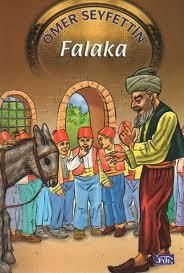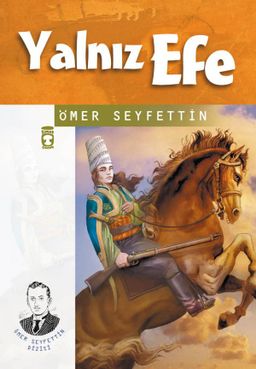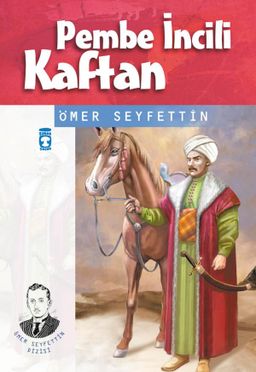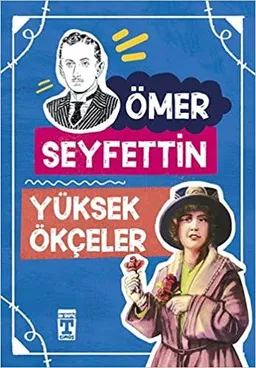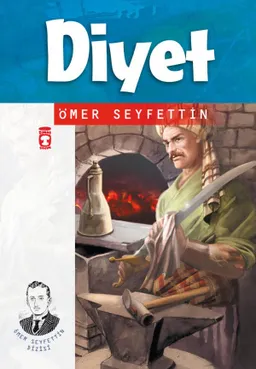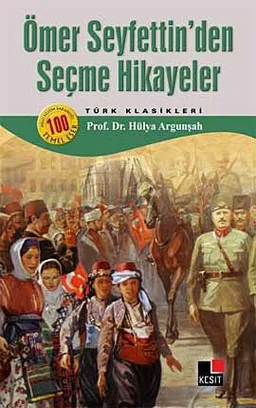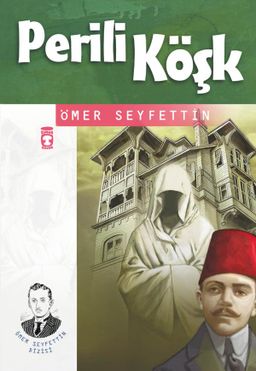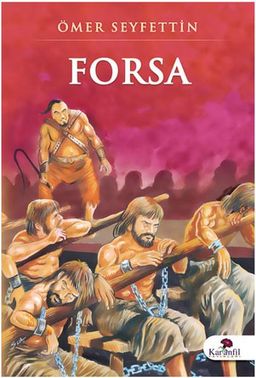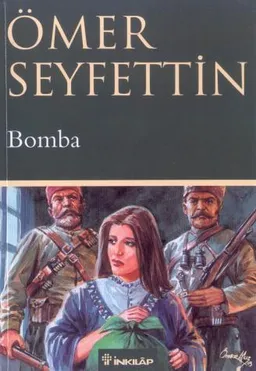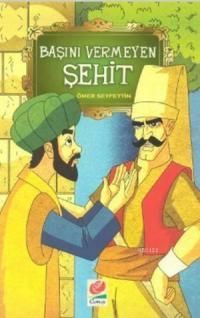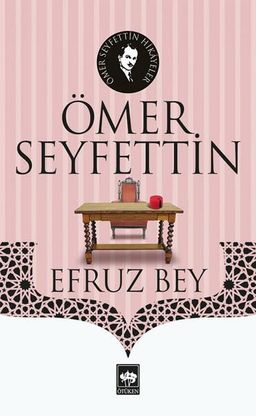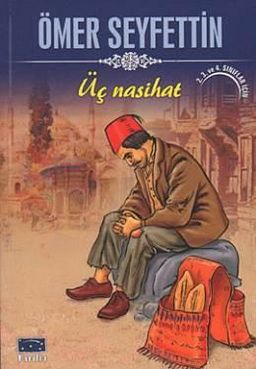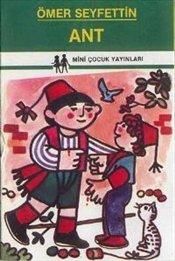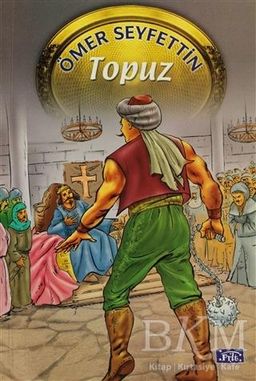Kaşağı
Ömer SeyfettinAbout Kaşağı
Kaşağı subject, statistics, prices and more here.About
Soluğum kesilecekti, bilmem neden, çok korkmuştum. Dadaruh şaşırdı, kırılmış kaşağı ortaya çıkınca, babam bunu kimin yaptığını sordu.
Author: Ömer Seyfettin
Türler:
Estimated Reading Time: 2 hrs. 43 min.Page Number: 96Publication Date: 4 December 2017Publisher: Anda YayınlarıISBN: 9786059653077Country: TürkiyeLanguage: TürkçeFormat: Karton kapak
Other Editions
Kaşağı
14.8k okunmaTimaş Çocuk · 22 December 2017 · 96 syf
Kaşağı
756 okunmaMavi Çatı Yayınları · August 2017 · 82 syf
Kaşağı
579 okunmaKarbon Kitaplar · 2018 · 70 syf
Kaşağı
386 okunmaGün Yayıncılık · 30 December 2006 · 112 syf
Kaşağı
122 okunmaprizma yayıncılık · 2006 · 158 syf
Kaşağı - (Cep Boy)
114 okunmaKarbon Kitaplar · 14 May 2019 · 64 syf
Kaşağı
77 okunmaAperatif Kitap Yayınları · February 2020 · 82 syf
Kaşağı
70 okunmaHasbahçe Kitaplığı · 2015 · 120 syf
Kaşağı
61 okunmaParıltı Yayınları · 2012 · 159 syf
Kaşağı
60 okunmaBilgi Yayınevi · September 2019 · 112 syf
Kaşağı
54 okunmaDamla Yayınevi · November 1996 · 59 syf
Kaşağı
47 okunmaSay Yayınları · November 2018 · 120 syf
Kaşağı
37 okunmaÜner Yayınları · 1991 · 54 syf
Kaşağı
37 okunmaOlympia Yayınları · January 2019 · 82 syf
Kaşağı
33 okunmaÖzyürek yayınevi · · 80 syf
Book Statistics
All statistics
Statistics of this edition
Reader Profile of the Book
Kadın% 70.9
Erkek% 29.1
0-12 Yaş
13-17 Yaş
18-24 Yaş
25-34 Yaş
35-44 Yaş
45-54 Yaş
55-64 Yaş
65+ Yaş
About the Author
Ömer SeyfettinYazar · 178 books
This text has been automatically translated from Turkish. Show Original
Ömer Seyfettin (b. 11 March 1884 Gönen Balıkesir, - d. 6 March 1920 Istanbul) is one of the leading story writers of Turkish literature. He is a soldier, a poet and a teacher with a strong literary talent. It is the founder name of Turkish short stories. He is also one of the founders of the Turkism movement in literature. He is an advocate of simplification in Turkish. He fit many works into his short life. He was born in 1884 in Gönen (Balıkesir). Captain Ömer Şevki Beyle is one of Fatma Hanım's four children, two of whom died at a young age. He started his education in a neighborhood school in Gönen. The family left Gönen due to the transfer of Ömer Şevki Bey's position and came to Istanbul after İnebolu and Ayancık. Ömer Seyfettin was first enrolled in Mekteb-i Osmaniye and then in the Military Veterinary Junior High School at the beginning of the 1893 academic year. He completed this school in 1896 and continued to Edirne Military Preparatory School. He graduated from İdadî in 1900 and returned to Istanbul. He started Mekteb-i Harbiye-i Şahane here. Following the turmoil that broke out in Macedonia in 1903, the "Class of Müstacele" was formed. He graduated without any examination, with the right to do so. After graduation, Ömer Seyfettin was appointed to the Kuşadası Redif Battalion of the İzmir Redif Division of the Third Army, headquartered in Thessaloniki, with the rank of infantry second lieutenant. In 1906, he was appointed as a teacher at the Izmir Gendarmerie School. This is important for Ömer Seyfettin; Because on this occasion, he will follow the intellectual and literary activities in Izmir and meet the young people who take part in them. As a matter of fact, he received encouragement from Baha Tevfik, who knew western culture, to increase his knowledge of French; He received important ideas from Necip Türkçü about national literature written in plain Turkish and a national language. Ömer Seyfettin was assigned to the Salonika Third Army in January 1909. After the name of the Hüsün and Poetry magazine, which was published in Thessaloniki, was changed to Genç Kalemler upon the request and insistence of Akil Koyuncu, Ömer Seyfettin's first editorial titled Yeni Lisan was published unsigned on April 11, 1911. The members of the Young Pens writing committee had to disband after the start of the Balkan War. Ömer Seyfettin was called to the army again and was captured in the Siege of Ioannina. He read constantly during his 1-year captivity in Naflion. "Mahdi", "Flags of Freedom" He wrote stories such as these during this period. His stories were published in the Turkish Homeland. During his captivity, he gained experiences that would be important for his writing life, both by reading and living. Ömer Seyfettin returned to Istanbul after his captivity ended in 1913. He participated in the Sublime Porte Raid organized by Enver Pasha on January 23, 1913. He later left the military and started earning his living as a writer and teacher. He was appointed editor-in-chief of the Turkish Word magazine, where he wrote articles that were the spokesperson of Turkist thought. He started working as a teacher in Kabataş Sultanisi in 1914 and continued this duty until his death. In 1915, he married Calibe Hanım, the daughter of Doctor Besim Ethem Bey, one of the prominent figures of the Party of Union and Progress. When this marriage broke down despite having a daughter named Güner, he returned to his loneliness. The period from 1917 until his death on March 6, 1920 was a productive period of storytelling, despite many pains and troubles. During this period, he wrote 125 stories that filled 10 books. His stories and articles were published in magazines such as Yeni Mecmua, Şair, Deniz, Büyük Mecmua, Yeni Dünya, Diken, Türk Kadını and in the newspapers Vakit, Zaman and İfham. On the other hand, he continued to teach. When his illness worsened on February 25, 1920, the writer was hospitalized on March 4. He passed away on March 6, 1920. First, he is buried in Kadıköy Kuşdili Mahmut Baba Cemetery. Later, his grave was transferred to Zincirlikuyu Cemetery on 23 August 1939, on the grounds that a road would pass through here or a car garage would be built. His best friend, Ali Canip Method, wrote a book called Ömer Seyfettin and His Life, which describes his life and temperament and contains his most powerful stories, and this book was published in 1935. After a short time, all of his stories were published as a book series and these stories are still read today.
